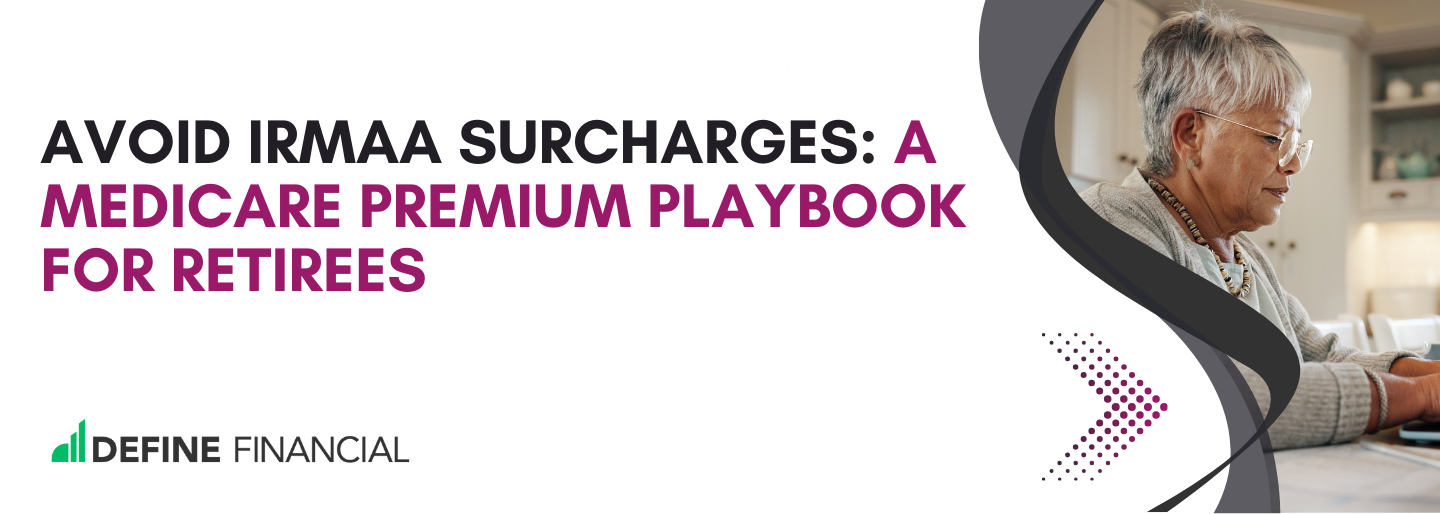
Homeowners’ insurance is more than just another bill we have to pay every year.
It’s the price we pay for peace of mind if our property is damaged or destroyed.
Unfortunately, homeowners’ insurance isn’t cheap.
And if you don’t take steps to mitigate the costs of this coverage, you could wind up paying way more than you need to.
Let’s change that.
Key Takeaways
-
Shop for new homeowners insurance every few years to avoid loyalty penalties and rising premiums
-
Raise your deductible as your savings grow to reduce your annual insurance costs
-
Use insurance to protect against big losses like floods and earthquakes, not small items like jewelry or minor repairs
You May Be Paying Too Much for Homeowners Insurance
Many people overpay for homeowners insurance simply because they stick with the same policies they’ve had forever.
Because of this, consumers should shop around for a new homeowners insurance policy at least once every three years.
But, why do you need to re-shop your insurance policy that often?
Because insurance companies implement a loyalty penalty. This loyalty penalty assures that, when insurance companies raise their insurance rates periodically, existing customers take the brunt of price increases.
If you’re not looking closely, yearly rate increases can cause the price of your premiums to surge dramatically.
Besides getting a competitive rate on your policy by shopping around for homeowners insurance every few years, this strategy also helps you to revisit your insurance deductibles.
You can save money by selecting a deductible that’s equal to the size of your cash savings. But that likely changes every few years (hopefully in an upward trend). Do you have $500 in cash right now? Get a $500 deductible. But in a few years, you might have $2,500 in your rainy-day fund. You could then opt for the $2,500 deductible and save yourself some money every year.
In the off chance you have to make a claim, your savings can cover the deductible.
The bigger your rainy-day fund, the bigger your deductible should be – and the more money you’ll save on your homeowners insurance.
Homeowners Insurance to Protect the Big Stuff
There are many things not covered by conventional homeowners insurance.
For example, theft of your jewelry collection is not usually covered by a standard homeowner’s insurance policy. Nor is damage caused by a backed-up sewer line.
For this reason, you can purchase additional mini-insurance policies (called riders) for all sorts of miscellaneous coverage. (Riders are a type of mini, or add-on insurance policy.) You can even purchase entirely new standalone insurance policies.
But, should you?
If you spend your hard-earned money on any these insurance policies that offer a very limited benefit, that means you have most likely misunderstood the role of insurance.
Here’s what you need to know: We do not want to purchase additional riders or entire policies to cover losses of small amounts.
Protecting ourselves from small financial losses is not what insurance is for! Insurance should only be used to cover big financial losses.
Consider a $1,500 jewelry rider. If you have $1,500 in the bank, you don’t need to pay for an insurance policy that will pay out $1,500 at most.
Flood Insurance
Damage to a home by a flood could very well be catastrophic. For this reason, you will likely want to buy a flood insurance policy.
Believe it or not, we suggest our clients hold flood insurance – even if they’re not in a flood zone.
This is because not all claims on the national flood insurance program are made by those inside the designated special flood hazard areas. The Federal Emergency Management Agency (FEMA) reports that:
More than 20 percent of flood claims come from properties outside the high risk flood zone.
If you don’t live in a flood zone, you can still see damage to your property from a flood. And that damage can lead to hundreds of thousands of dollars in losses in a hurry.
Earthquake Insurance
We see our clients forgo earthquake insurance for a few reasons. The most popular reasons include the price and the deductible.
Sure, earthquake insurance can cost several hundred dollars per year. Like a lot of insurance policies, it’s an expense that many of us would rather not pay.
After all, several hundred dollars a year could be spent in any infinite number of ways, right?
But remember, we use insurance to protect ourselves from financially catastrophic losses. And losing a house in an earthquake is a financially catastrophic loss.
In addition, the sheer size of the deductible for an earthquake insurance policy frequently turns off many would-be policy owners. (Remember, the deductible is the amount that you must pay before the insurance company pays up. You can think of a deductible as a financial line in the sand.)
If the size of the deductible is turning you off from buying an earthquake policy, there is a simple solution: lower your deductible.
In California, you should be able to decrease your deductible to just 5% of your home’s value. While a 5% deductible can still mean paying out a large chunk of cash in the event of a loss, it will be a lot easier to handle than a deductible of 15% or 25%.
So, while we may not wish to have another insurance expense for the year or see the size of the deductible, earthquake insurance is simply too important to exclude from your financial picture. Go out and get earthquake insurance today!
The Right Way to Use Homeowners Insurance
Homeowners insurance is important coverage you need so you can protect yourself from catastrophic losses.
On the flip side, you should remember that this coverage is not intended to shield you from small losses.
And if you want to save money on homeowners insurance, make sure to shop around for a new policy every few years. If you do, you can protect yourself from rising costs by letting the competition bid for your dollars.
Taylor Schulte, CFP® is the founder & CEO of Define Financial, a fee-only wealth management firm in San Diego, CA specializing in retirement planning for people over age 50. Schulte is a regular contributor to Kiplinger and his commentary is regularly featured in publications such as The Wall Street Journal, CNBC, Forbes, Bloomberg, and the San Diego Business Journal.




